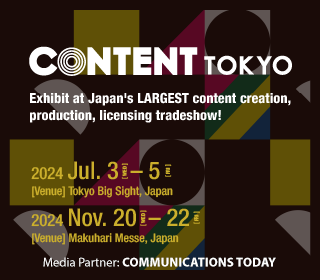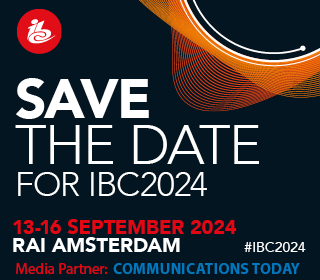Trends
What is a chip making tool?
Sophisticated and expensive machinery used to make semiconductors, more widely-known as “chip-making tools”, are in the news again, amid talks where the United States will urge Japanese and Dutch officials to crack down on shipments of the prized equipment to China.
A single chip factory can contain 1,000 or more tools, each tuned to a different step in the process. One critical chipmaking step, called lithography, involves tools that can be the size of double-decker buses, weighing more than 200 tonnes. They produce beams of focused light that create the microscopic circuitry on computer chips used in everything from phones and laptops to cars and AI.
The biggest and most sophisticated lithography machines require three Boeing 747s to carry them in sections and can cost as much as $160 million.
While American firms such as Applied Materials, KLA and LAM Research are dominant players in the chip manufacturing equipment industry, they face competition from Japanese rivals like Tokyo Electron. And certain parts of the process, such as lithography, are dominated by Dutch firm ASML and Japan’s Nikon and Canon, with no meaningful U.S. competitors.
Since 2000, ASML has rapidly taken market share from Japanese competitors, which now mainly focus on older technology. ASML controls more than 90% of the lithography market. No competitor is attempting to build the most sophisticated EUV system, citing high development costs.
Shortages of ASML’s machines are a bottleneck for chipmakers, which have plans to spend more than $100 billion in the coming years to build extra fabrication plants to meet demand.
In October, the United States annnounced a sweeping set of export controls, including measures tightly restricting Chinese access to U.S. chipmaking technology, in a bid to slow Beijing’s technological and military advances.
The raft of measures, if effective, could hobble China’s chip manufacturing industry by forcing American and foreign companies that use U.S. technology to cut off support for some of China’s leading factories and chip designers.
But to be effective, the United States needs the Netherlands and Japan to jump on board with similar restrictions. Reuters














You must be logged in to post a comment Login